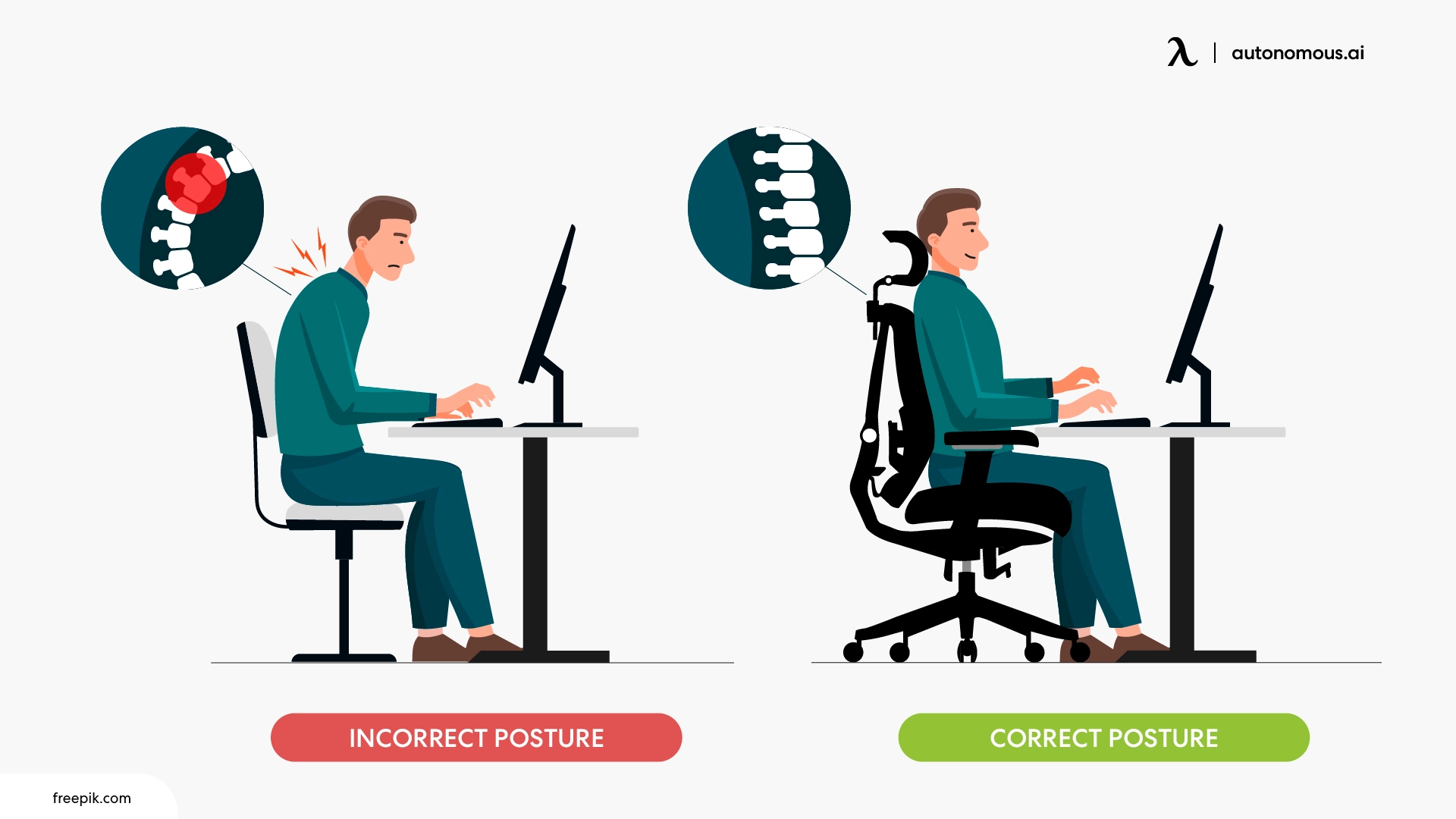
Uncomfortable Office Chair? Why & Ways To Fix It!
Table of Contents
We’ve all been there—sitting in a chair that feels more like a torture device than a workspace essential. Whether it’s the constant shifting, aching back, or numb legs, an uncomfortable office chair can quickly ruin your productivity and health. A chair that doesn’t support your body properly leads to poor posture, back pain, and even mental fatigue. But don’t worry! In this article, I’ll dive into why your chair might be uncomfortable and share some practical solutions to make your seating situation better.
Common Reasons Why Your Office Chair Is Uncomfortable
An uncomfortable desk chair might not just feel bad, it can actively hurt your body. Here are some of the most common reasons why chairs become uncomfortable:
- Incorrect Seat Height
One of the most common issues with an uncomfortable office chair is the seat height. If your chair is too high or too low, your legs might be forced into awkward angles, leading to discomfort or poor circulation. Your feet should rest flat on the floor, with your thighs parallel to the ground.
- Poor Lumbar Support
Chairs that don’t offer lumbar support can cause your spine to slump. This leads to lower back pain over time. The most uncomfortable chair designs often lack the proper curvature or adjustability to match your spine’s natural curve, creating strain.
- Hard or Uncomfortable Seat Cushion
If your seat cushion is too thin or made of low-quality foam, it won’t provide enough comfort for long hours of sitting. An uncomfortable desk chair can cause soreness and fatigue, especially if you’re sitting for extended periods.
- Non-adjustable Armrests
Armrests that are too high or too low can lead to shoulder and wrist pain. The uncomfortable desk chair typically doesn’t allow for proper adjustment, making it hard to find a position that keeps your arms and wrists relaxed.
- Inadequate Tilt Functionality
A chair without any tilt or reclining function can be incredibly stiff. This prevents you from changing your posture throughout the day, which can lead to muscle strain and discomfort.
- Materials That Don’t Breathe
Uncomfortable office chairs often use synthetic materials that trap heat, causing you to sweat. A chair without breathable mesh or fabric can leave you feeling sticky and uncomfortable, especially in warmer weather.
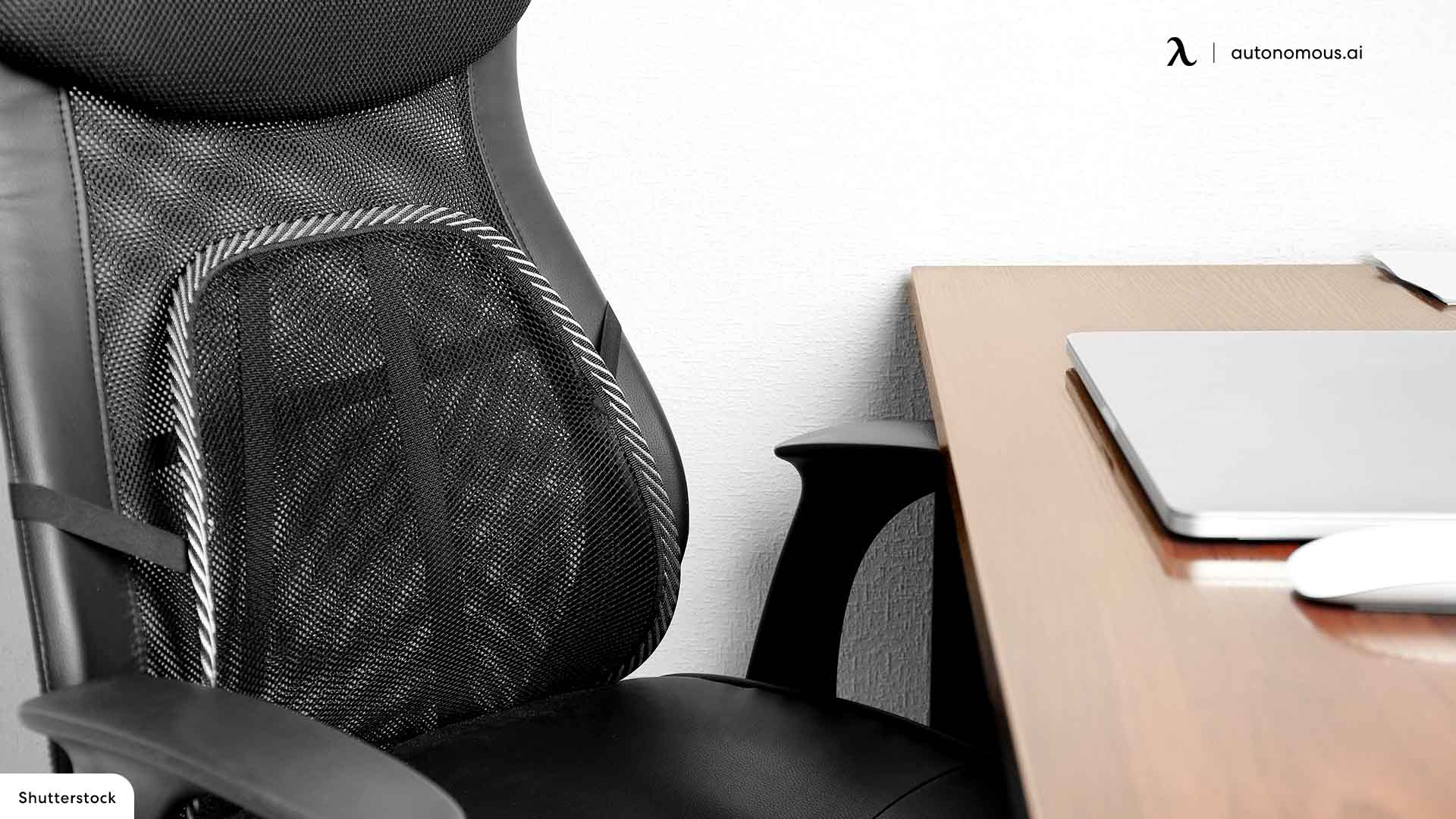
How an Uncomfortable Chair Affects Your Health
An uncomfortable office chair is more than just an inconvenience—it can impact your health in several ways:
Back Pain: Poor lumbar support and incorrect sitting posture put a strain on your spine. Over time, this can cause persistent back pain or even more serious issues like herniated discs.
Neck and Shoulder Tension: If your armrests are too high or low, or if your backrest doesn’t properly support your shoulders, you may find yourself with neck and shoulder tension. This is especially true for those working long hours at their desk.
Circulation Problems: A poorly adjusted chair can restrict blood flow to your legs, leading to numbness, tingling, or fatigue. This is common with uncomfortable desk chairs that don’t allow for proper posture or leg positioning.
Decreased Productivity: Constant discomfort can distract you, making it difficult to focus. Whether it’s back pain or a stiff neck, being physically uncomfortable can significantly decrease your efficiency and productivity.
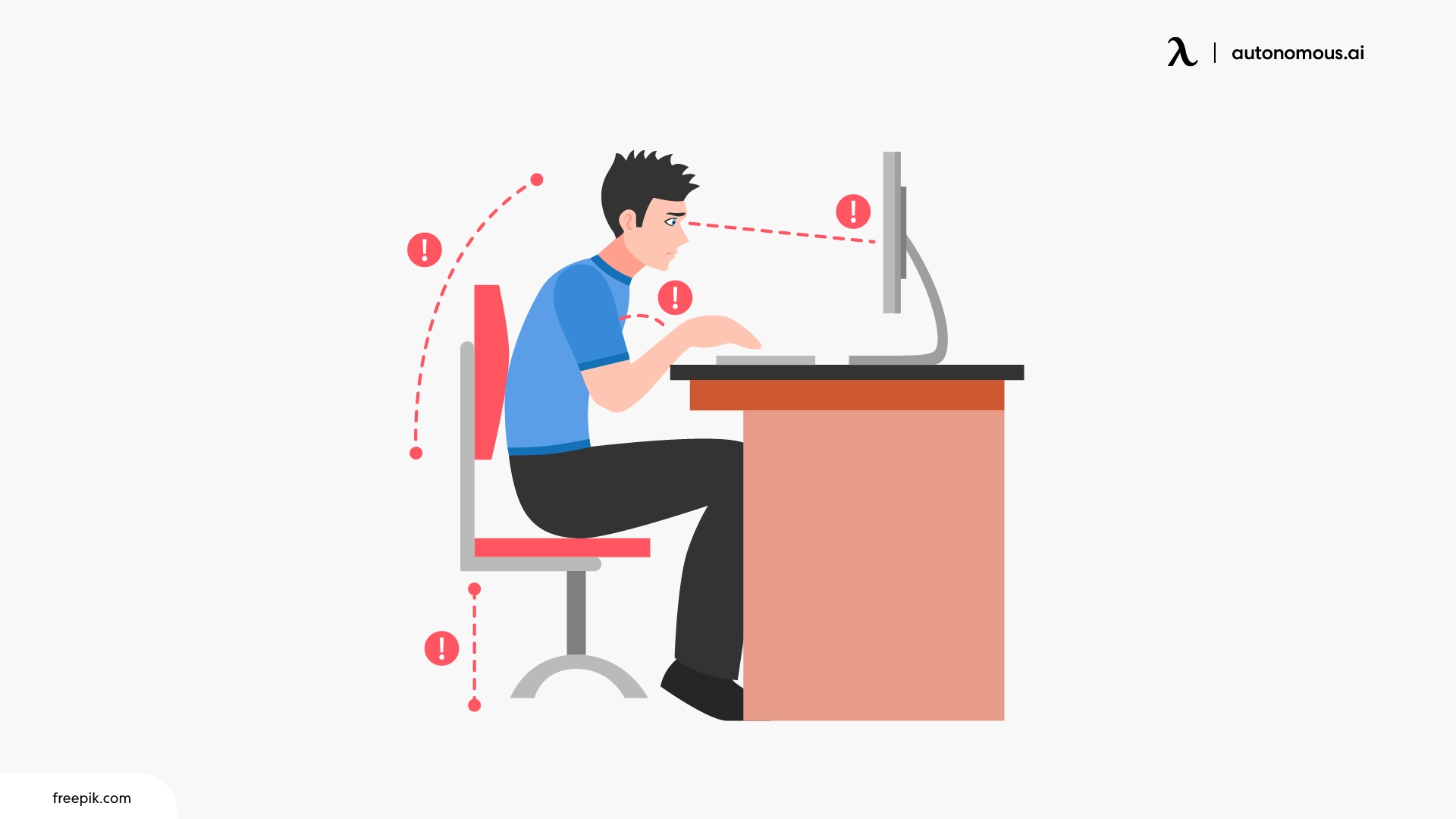
Ways to Fix an Uncomfortable Office Chair
1. Adjust the Seat Height
One of the easiest ways to improve an uncomfortable office chair is by adjusting the seat height. It may seem like a small fix, but adjusting the seat height to suit your body can significantly reduce discomfort, especially in your back and legs.
If the seat height is too high, your feet may not rest flat on the floor, leading to poor circulation, numbness, and discomfort. On the other hand, if the seat is too low, your knees may be raised too high, putting pressure on your thighs and lower back.
To fix this, adjust the seat height so that your feet are flat on the floor and your thighs are parallel to the ground. Ensure that your back is straight and you are looking directly at your monitor at eye level. For those using a height adjustable standing desk, it’s important to set the desk height to match your chair, so you can easily switch between sitting and standing.
If your current chair is too low and lacks height adjustability, consider using chair leg extenders to raise the seat. Additionally, selecting a high back office chair for tall person might be the best option if you’re taller and need a chair that offers better support.
You should also ensure your desk height is appropriate for your chair. If you're unsure about the ideal height for your office chair, check out this guide on how to find the ideal height for your office chair.
For a better ergonomic setup, consider adjusting your screen to eye level by using a vertical monitor setup. A monitor arm or dual monitor stand can help you set your monitors at the right height and angle, further improving your posture.
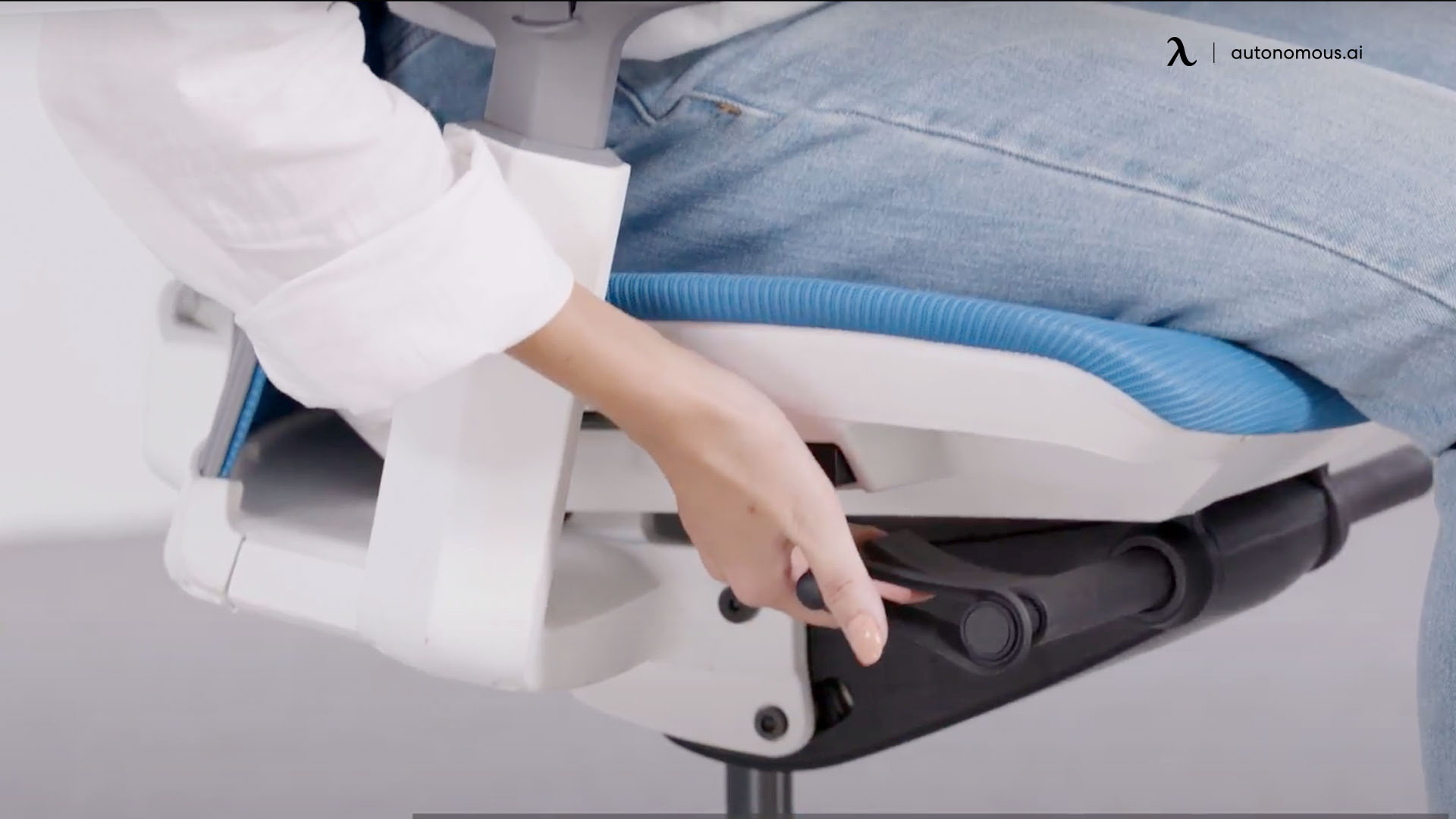
2. Add Cushions
Upgrading the seat cushion can make a significant difference in comfort. Many office chairs come with thin cushions that lack proper support, but a better cushion can reduce discomfort and improve your sitting experience.
- Thicker Cushions: Molded foam seat cushions provide better support by contouring to your body, reducing pressure on your hips and improving comfort for long hours of sitting.
- Breathability: Opt for breathable cushions made of gel-infused foam or mesh to keep you cool. Consider upgrading to an office chair with cushion if your current chair lacks breathability.
- Posture Support: A cushion with lumbar support promotes better posture by supporting the natural curve of your spine. For more comprehensive support, try an ergonomic office chair designed for proper back alignment.
- Extra Padding: For extra comfort, thick cushion office chairs provide additional padding, perfect for long sitting sessions.
Upgrading your seat cushion is an easy and affordable way to boost comfort, reduce back pain, and improve your overall sitting experience.

3. Add Lumbar Support
If your chair lacks built-in lumbar support, adding a lumbar cushion can greatly improve comfort by supporting the natural curve of your spine. Without it, your lower back may become strained, leading to pain and discomfort. Lumbar cushions fill the gap between your spine and the chair, providing targeted support. Many options are adjustable, allowing you to position them exactly where you need relief.
For those with existing back pain, an ergonomic chair with adjustable lumbar support is a great investment. These chairs allow you to fine-tune support to suit your body’s natural curve, helping to prevent muscle stiffness and back pain. Best ergonomic chair for lower back pain chairs are designed with this support in mind.
For additional back relief, a high back office chair with lumbar support offers complete support for both your upper and lower back, keeping you comfortable throughout long work hours. If you're dealing with upper back pain, try a computer chair for back pain or consider a chair for upper back pain to relieve tension.
Whether you add a cushion or invest in a chair with built-in lumbar support, making this adjustment can help reduce chronic pain and promote better posture.
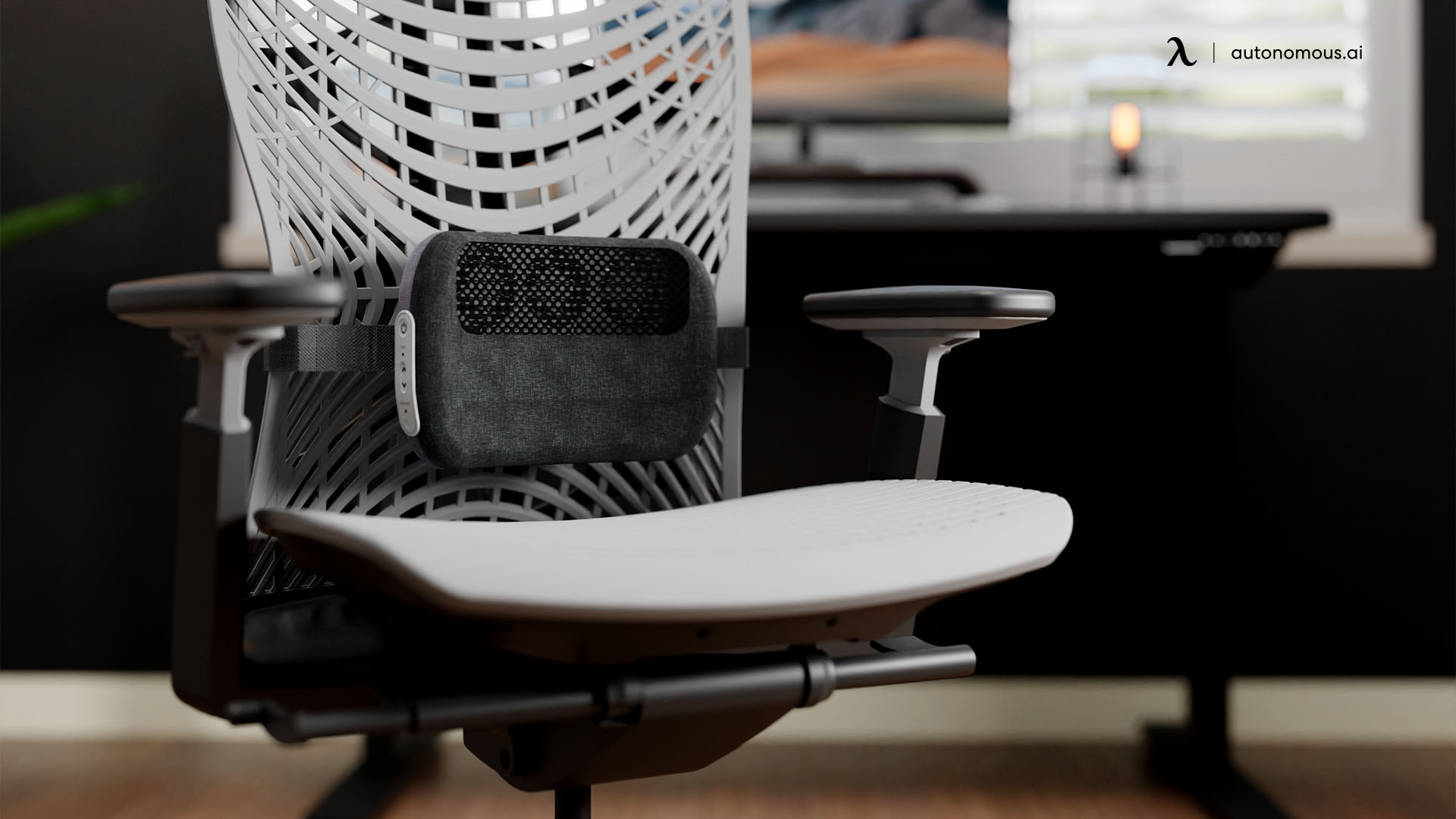
4. Adjust the Armrests
Proper armrest height is crucial for reducing strain on your shoulders, wrists, and neck. When your armrests are positioned incorrectly—either too high or too low—it forces your shoulders to raise or slouch, leading to muscle tension and discomfort. To ensure comfort, adjust your armrests so that your arms rest comfortably at a 90-degree angle at your sides, with your shoulders relaxed.
If your current chair doesn’t allow for armrest adjustment, consider looking for a chair that does. Office chairs with adjustable arms are a key feature of ergonomic chairs because they let you fine-tune the height and width for optimal arm support. Many ergonomic chairs also offer pivoting or depth-adjustable armrests, allowing you to move them forward or backward depending on your sitting position.
For extra comfort, choose armrests with soft, cushioned padding or made from materials that won’t dig into your arms, even during long sitting sessions. If you're looking for a more compact option, consider a small desk chair with arms that fits your space while still providing comfort and adjustability.
Additionally, if space is an issue, an office chair with arms that flip up can be a great solution, as it allows you to tuck the arms away when not in use.
Proper armrest positioning can relieve tension in your upper body and help prevent long-term discomfort in your neck, shoulders, and wrists.
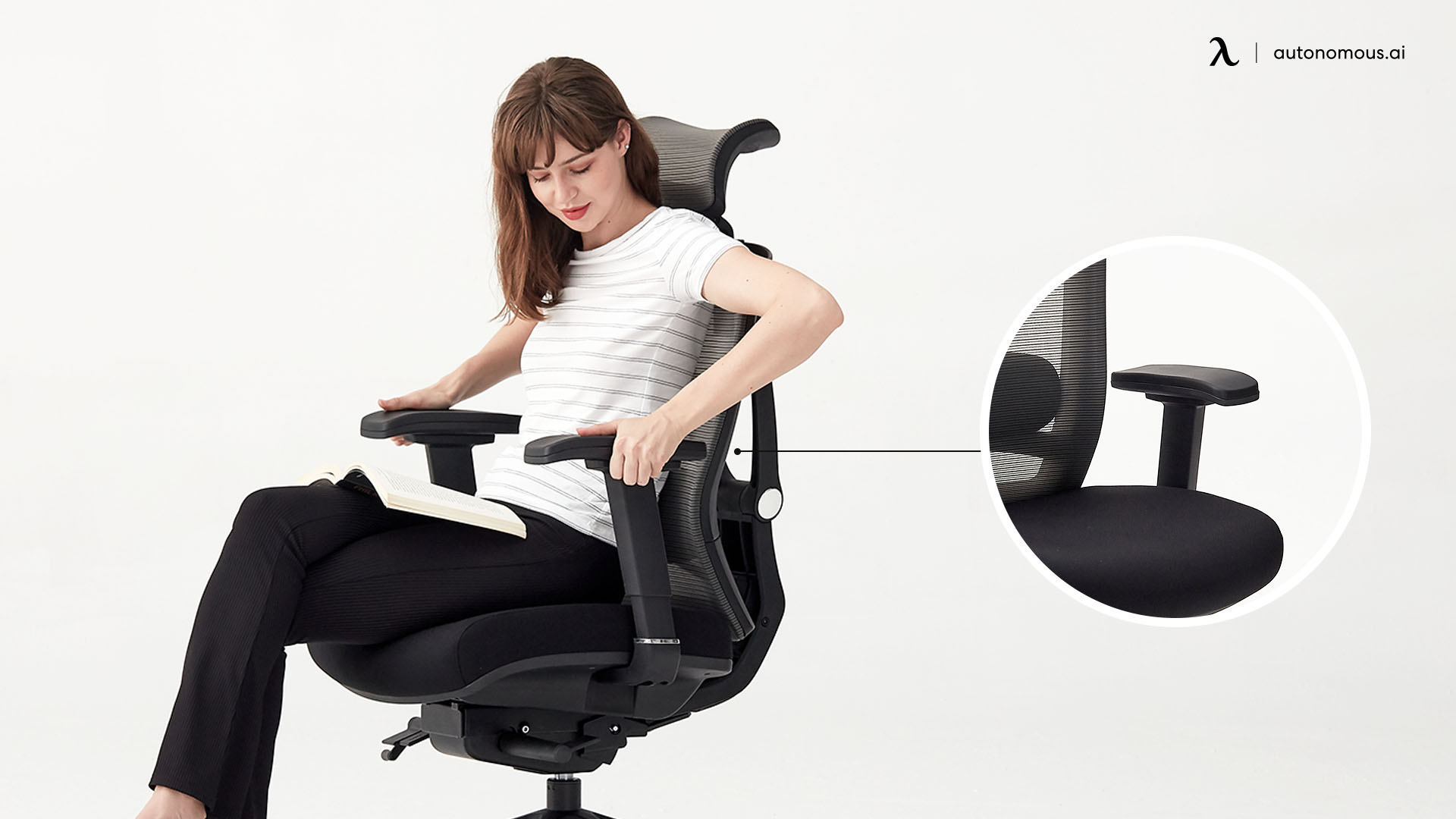
5. Use a Chair with a Recline Function
A chair with a tilt and recline function helps reduce pressure on your spine and promotes better posture by allowing you to change positions throughout the day. Many ergonomic chairs offer a recline angle between 90° and 135°, relieving lower back strain. Look for lockable tilt angles to secure the recline and avoid unintended shifts.
Additionally, tilt tension control lets you adjust how easily the chair reclines, giving you customizable resistance. Reclining can improve posture, open up your chest, and enhance breathing, making it perfect for long sitting sessions.
For even more comfort, consider an ergonomic chair with footrest to support your legs while reclining. If you prefer a fully reclining option, explore the best reclining office chair for maximum relaxation.
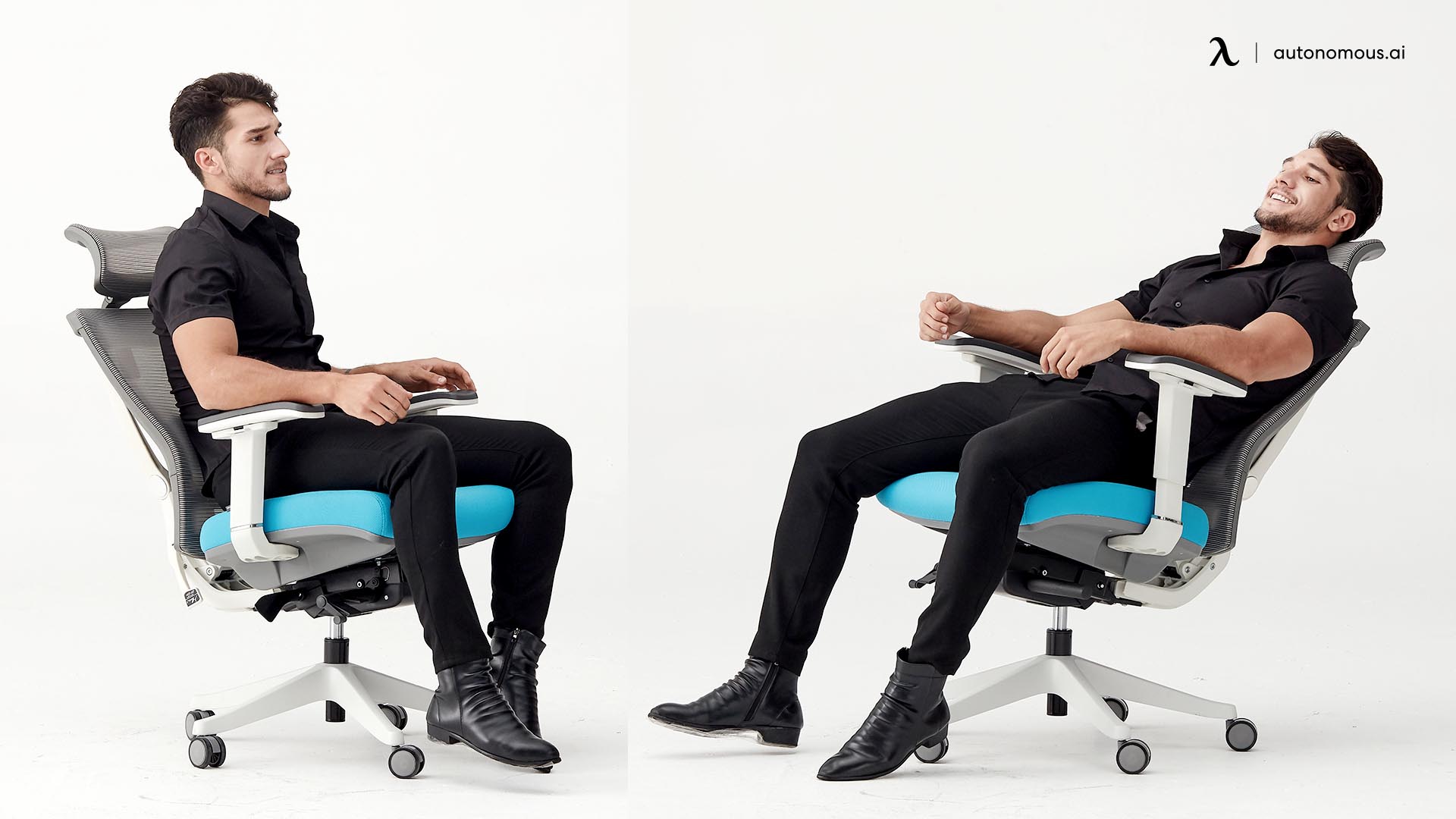
6. Choose Breathable Materials
Heat buildup is a major cause of discomfort during long sitting sessions. Non-breathable materials like leather or thick fabrics trap heat, making you sweat and feel sticky. Mesh fabric is an ideal solution as it allows air to circulate, keeping you cool and dry.
Mesh chairs, such as those with mesh office chair with headrest, are especially useful for long hours at your desk. The elastic tensile mesh conforms to your body while offering ventilation, support, and comfort. It’s also low-maintenance and durable, providing long-term comfort without frequent cleaning.
If you’re in a warm climate or tend to sweat easily, consider a mesh chair for optimal comfort. For a deeper dive into the different materials, check out office chair materials.
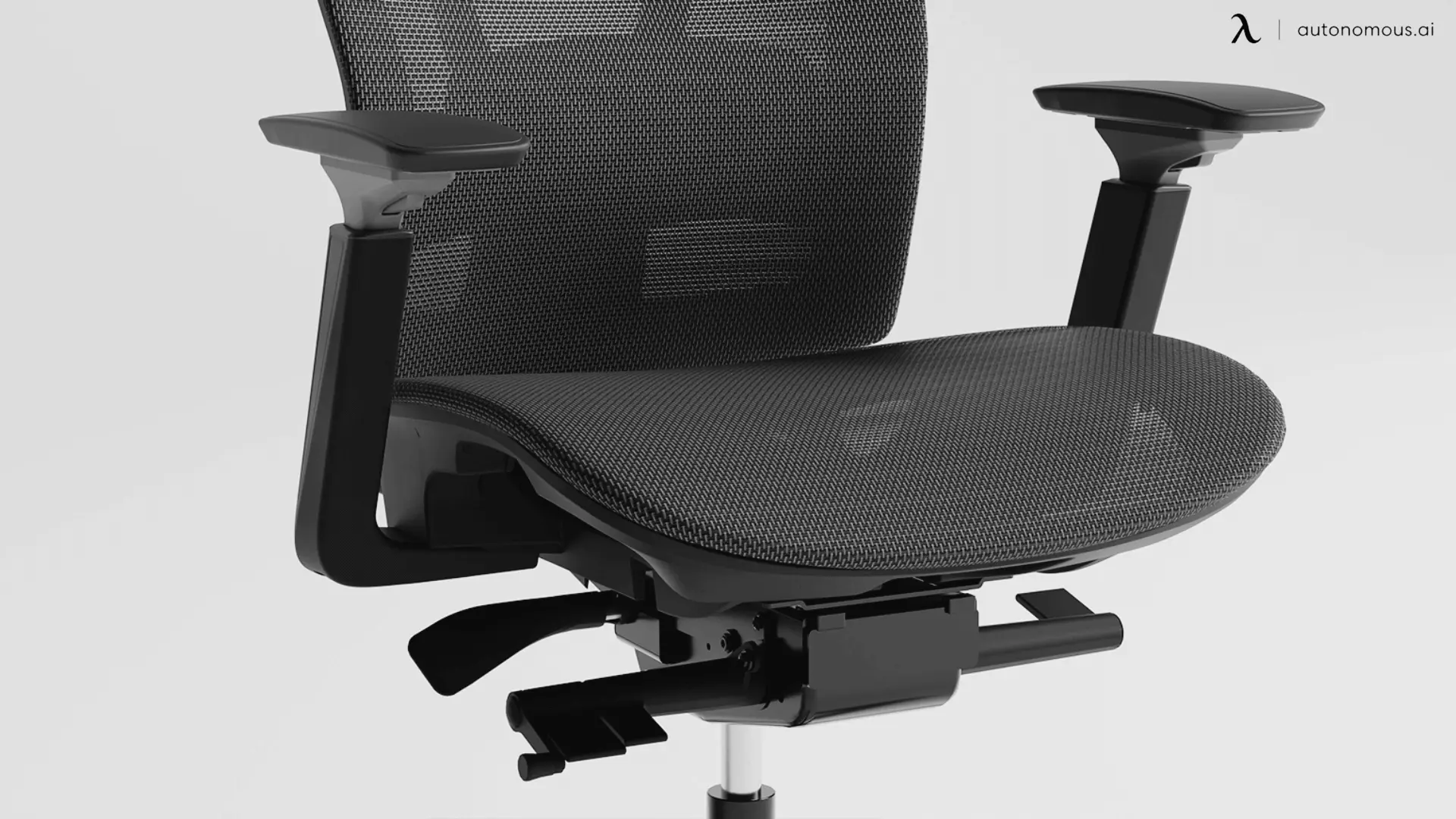
When to Consider Upgrading Your Chair
If your current chair is causing discomfort or doesn’t offer the support you need, it might be time for an upgrade. Here are two great options to consider for better comfort and productivity:
1. ErgoChair Pro
The ErgoChair Pro is a top pick for those who need full adjustability and support. With 9 customizable points—ranging from seat depth to headrest height—it’s designed for all-day comfort. Its breathable mesh back and lumbar support ensure your back stays supported, reducing strain and promoting better posture.
2. ErgoChair Ultra 2
For an even more premium experience, the ErgoChair Ultra 2 offers advanced features like a dynamic recline, adjustable armrests, and a breathable mesh that keeps you cool. It’s perfect for users who want a blend of ergonomic design and sleek, modern aesthetics, making it ideal for long working hours in both home and office settings.
/https://storage.googleapis.com/s3-autonomous-upgrade-3/production/ecm/241004/1(2).jpg)
ErgoChair Ultra 2
| Dimensions (w/o headrest) | 28”L x 28”W x 41” - 46”H |
|---|---|
| Dimensions (with headrest) | 28”L x 28”W x 49” - 58”H |
| Seat dimensions | 18”L x 18”W |
| Seat depth range | 18” - 20.5” |
| Seat height | 18” - 23” |
| Headrest | 8" - 12" |
| Back dimensions | 20”W x 23”H |
| Tilt range | 25° |
| Armrest height | 7” - 11” |
| Armrest height (from the floor) | 23.5” - 27.7” |
| Caster wheel diameter | 2.56 inches |
| Number of caster wheels | 5 pieces |
| Materials | 100% TPE and polyester fabric upholstery with ABS plastic frame, aluminium base |
| Colors | Onyx Black, Dover Gray |
| Weight capacity | 320 lbs |
| Item weight | 36.5 lbs |
| Shipping dimensions | 28”L x 17”W x 31”H x 45 lbs |
| Assembly required | Yes |
| Warranty | 2 years |
| Free returns | 30 days |
| Adjustability | Headrest, armrest, back tilt angle and tension, seat height. |
FAQs
Q: How do I know if my chair is too low or too high?
If your feet aren’t flat on the floor or your knees are higher than your hips, your seat is likely too high or too low. Adjust it until your legs are at a 90-degree angle and your feet are firmly planted.
Q: Can adding a cushion make an old chair more comfortable?
Yes, a memory foam cushion can add comfort to a hard or flat seat. It’s an affordable way to improve your current chair without needing to replace it entirely.
Q: How often should I replace my office chair?
If your chair is no longer comfortable or the padding is worn down, it might be time to upgrade. Generally, a good-quality office chair can last 5-10 years, but if you’re experiencing constant discomfort, it’s time for a change.
Q: How can I make an uncomfortable office chair comfortable?
Add a memory foam seat cushion, adjust the seat height for proper posture, and use a lumbar cushion for lower back support. Consider a footrest if needed to ensure your legs are properly supported. These adjustments can go a long way in enhancing comfort.
For more tips on improving your chair’s comfort, check out this guide on how to make your office chair more comfortable.
Q: How do I sit in an uncomfortable chair?
Change positions every 20–30 minutes, use a cushion for lumbar support, and keep your feet flat with a footrest. Stand and stretch often to prevent strain.
Q: What are the signs my office chair is causing problems?
Back pain, neck and shoulder tension, leg numbness, or fatigue are common signs that your chair isn't providing proper support.
Q: How do I improve the lumbar support in my office chair?
Use a lumbar cushion, adjust the backrest to fit the curve of your lower back, or consider upgrading to a chair with built-in lumbar support.
Final Thoughts: A Comfortable Chair Equals a Productive You
An uncomfortable office chair not only hurts your body but also drains your productivity. Whether it’s poor lumbar support, hard seat cushions, or non-adjustable features, addressing these issues can have a huge impact on your comfort and work efficiency. If your chair isn’t working for you, try out some of the solutions mentioned or consider upgrading to an ergonomic model. Your body—and your productivity—will thank you for it.
Stay connected with us!
Subscribe to our weekly updates to stay in the loop about our latest innovations and community news!
Interested in a Link Placement?
.svg)

/https://storage.googleapis.com/s3-autonomous-upgrade-3/production/ecm/240715/1(1).jpg)

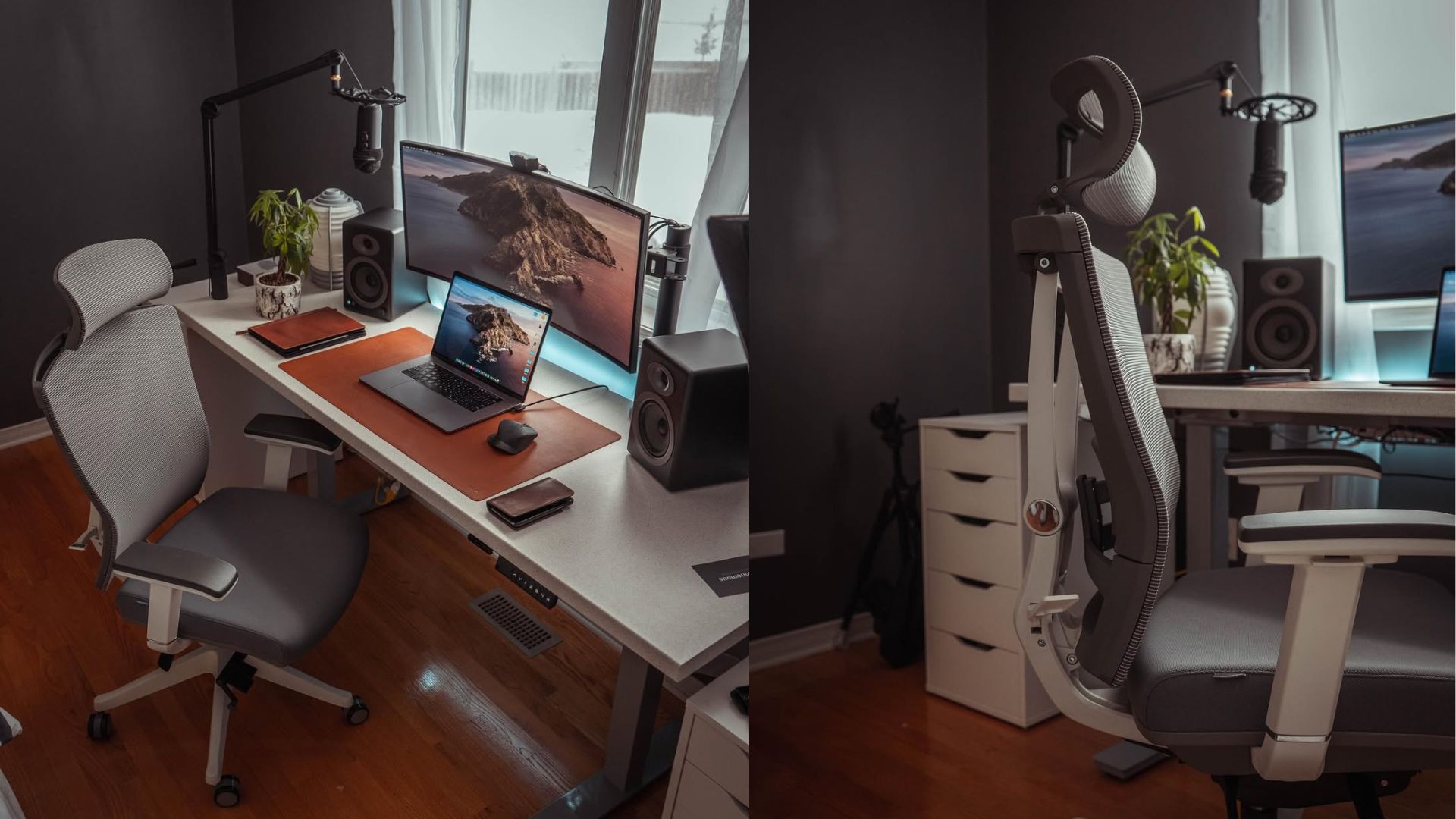
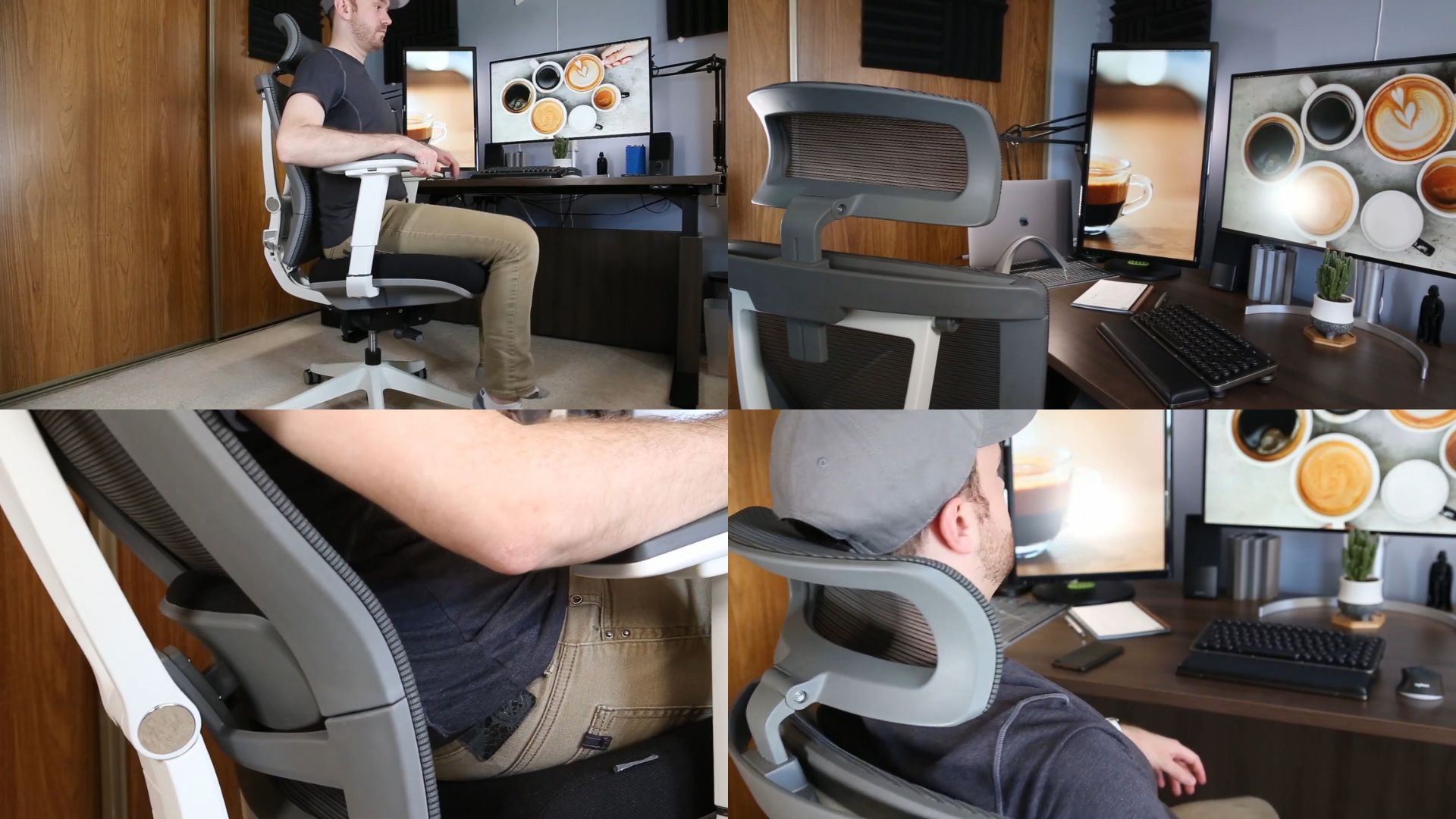
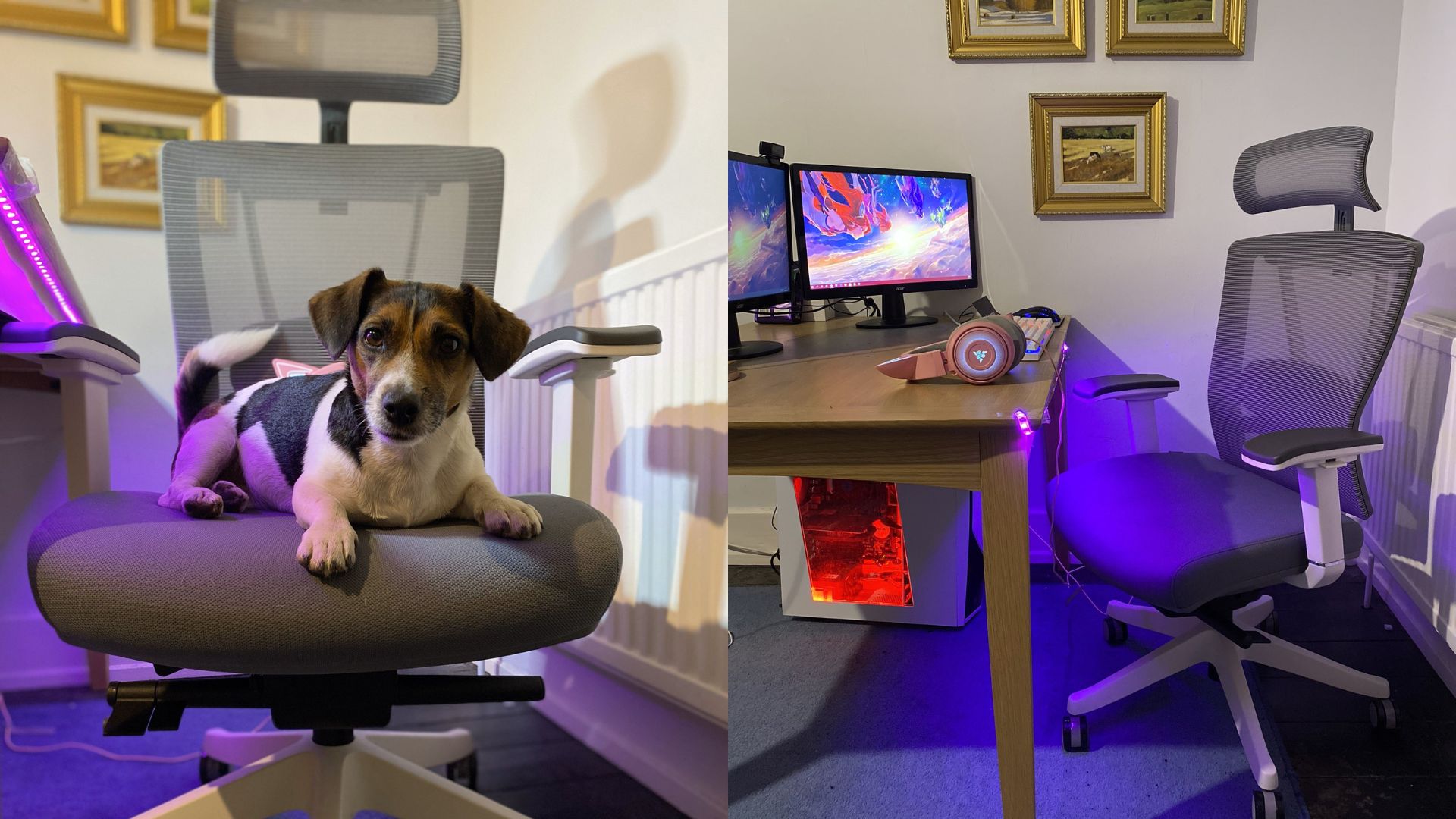
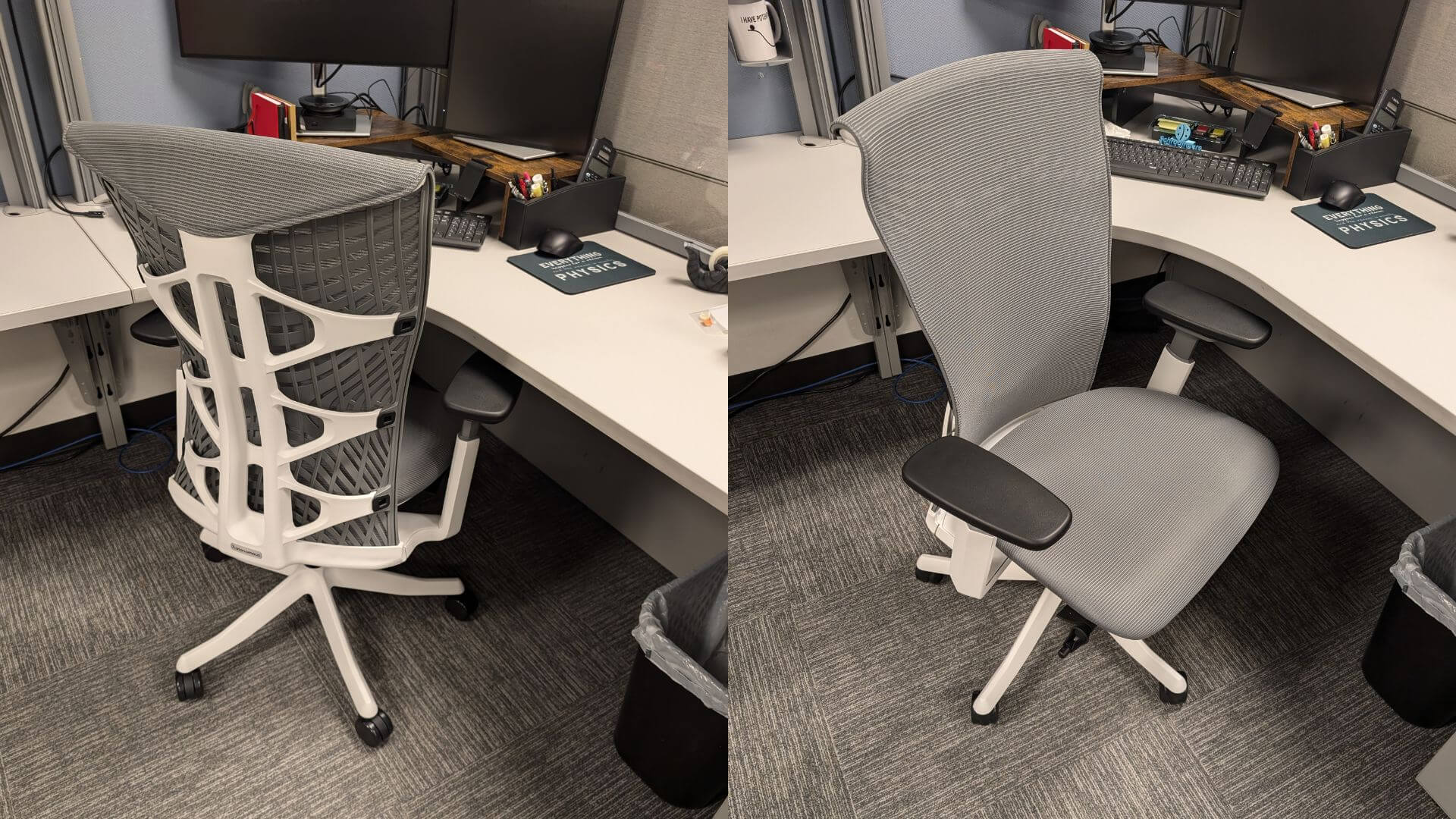
(1).webp)
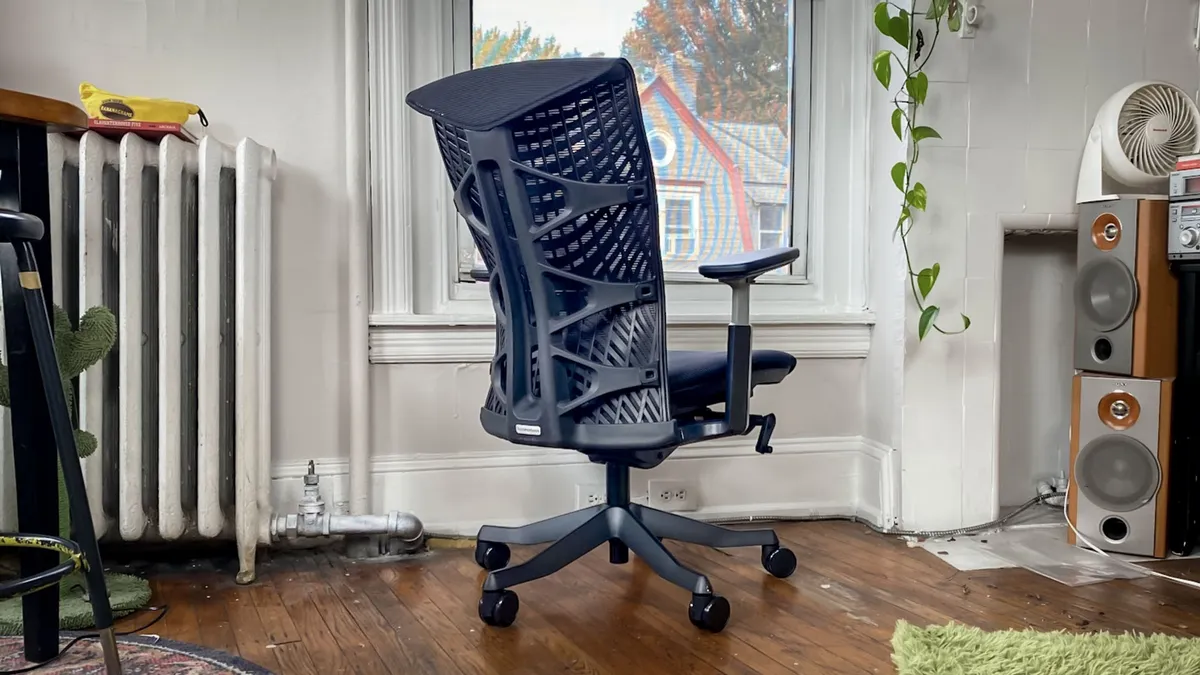


/https://storage.googleapis.com/s3-autonomous-upgrade-3/production/ecm/230914/bulk-order-sep-2023-720x1200-CTA-min.jpg)

/https://storage.googleapis.com/s3-autonomous-upgrade-3/production/ecm/230824/Amanda-8035f52a-7230-4c31-9bda-626fd7c392bf.jpg)